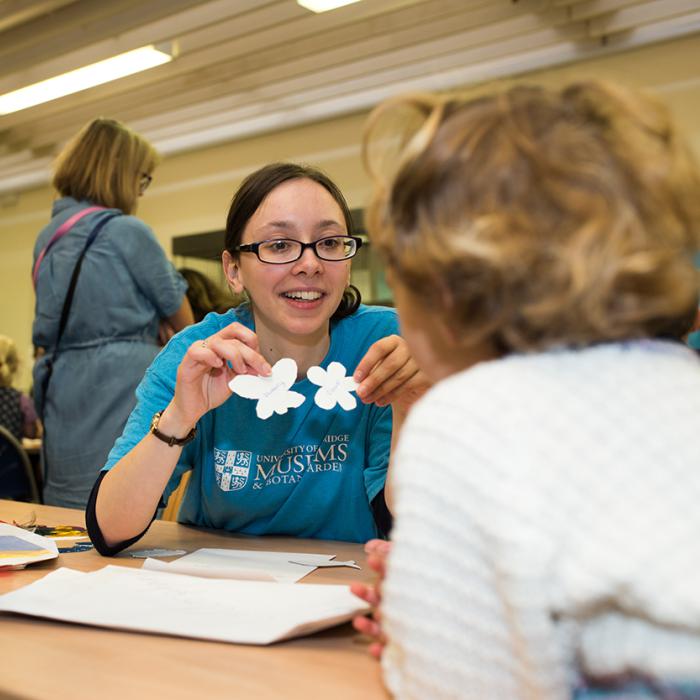Explore a remarkable range of scientific instruments used to make sense of the world, from the Middle Ages to the present day. Discover objects from astronomy, navigation, surveying, drawing and calculation, including sundials, mathematical instruments, early electrical apparatus—and even a microscope once owned by Charles Darwin.
Plus, enjoy hands-on activities in the newly refurbished Learning Gallery, perfect for little ones — or book a Whipple Highlights guided tour. Afterwards, take home a treat from the Whipple gift shop to remember your visit.
This January, The Art of Deception will take visitors to Cambridge’ Whipple Museum of the History of Science into the dark underbelly of the world of collecting. How do fake artefacts end up in museums? Who made them, and why? And how do we detect them?
From plates and perfume bottles to teapots and tableware, take a closer look at intricately detailed, technically innovative and visually striking enamelled art objects and find out how this skilled artform was elevated to new heights.
Opening Times
Tuesday – Saturday: 10am – 5pm | Sundays and Bank Holidays: 12 – 5pm
This display reveals the treasure of the Plowden songbook, a rare manuscript of 77 songs in Persian, Urdu, Classical Hindi and Punjabi, brought to life through detailed illustrations of musicians, dancers, singers and courtesans.
Opening Times
Tuesday – Saturday: 10am – 5pm | Sundays and Bank Holidays: 12 – 5pm
Celebrating a career lasting nearly seven decades, our exciting display brings together a lifetime of the artist’s work.
Discover the connections between art across time and explore Bowling’s works and his artistic influences, from Titian to Turner and his contemporary Aubrey Williams to Tracey Emin.
Opening Times
Tuesday – Saturday: 10am – 5pm | Sundays and Bank Holidays: 12 – 5pm
Bringing together paintings, drawings, textiles, ceramics and more, including rarely seen examples from our own collection, this exhibition offers a fresh perspective on one of the world’s most influential thinkers on art, craft and design.
Opening Times
Tuesday – Saturday: 10am – 5pm | Sundays and Bank Holidays: 12 – 5pm
Bringing together objects crafted in the moment and aftermath of historic battles, modern warfare and contemporary conflict, War Craft considers how and why they were created and shares the stories of the soldiers, civilians and prisoners of war who made them. Discover the ingenuity, artistry and self-expression that transformed shell-cases and ammunition tins from objects of killing into mementoes, souvenirs and decorative domestic objects.
Enjoy a drink with friends at our pay bar, and explore the exhibition after hours.
FREE, booking required.
Join us on 4 November when Parker will display the children's artwork throughout Kettle’s Yard, for one day only.
Against the backdrop of our present climate reality, and supported by teaching staff, around 800 children will respond to Parker’s 2023 film THE FUTURE (Sixes and Sevens) by drawing a picture of what they want to be when they grow up and writing a short letter (to whomever they choose – whether a person in power, a teacher, or their future selves) describing their hopes for their future.
About the event
Our Día de los Muertos (Day of the Dead) altar is back! Located on the second floor we are once again delighted to host the altar created by the University of Cambridge Mexican Society. Entry to the museum is free, so why not drop by and take a look.
What is Día de los Muertos?

